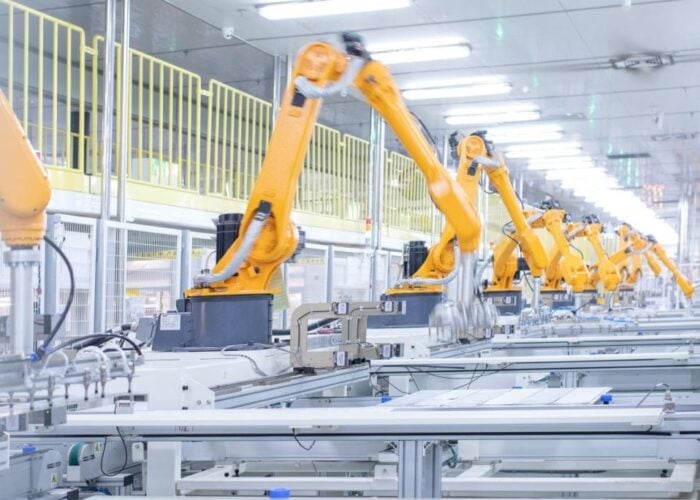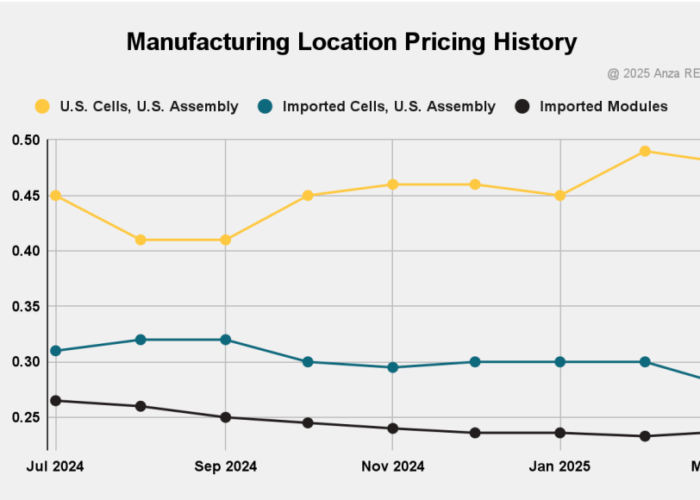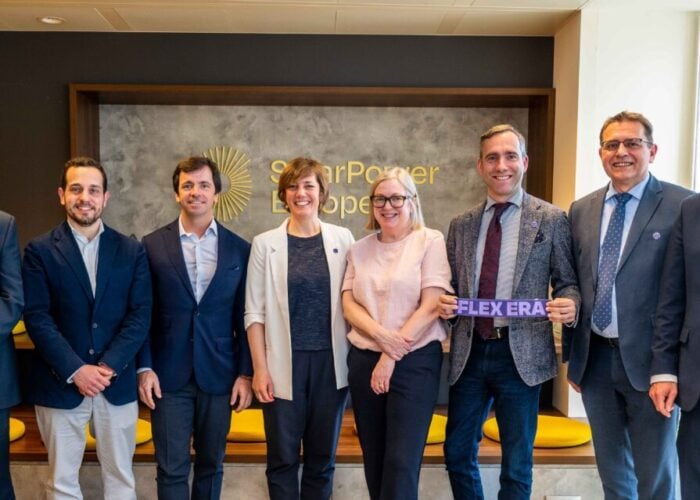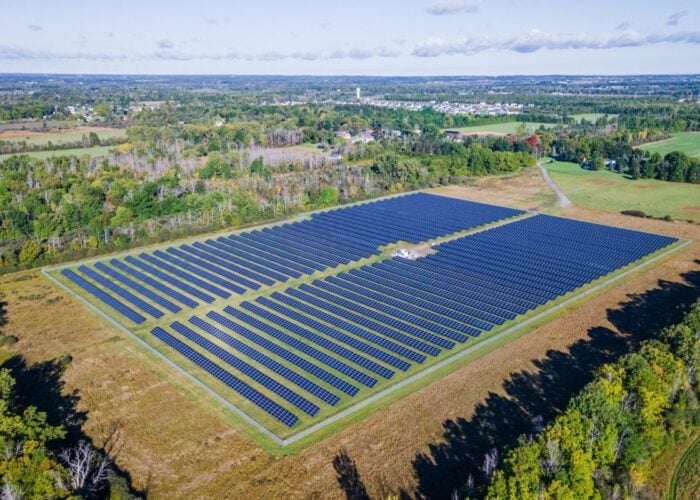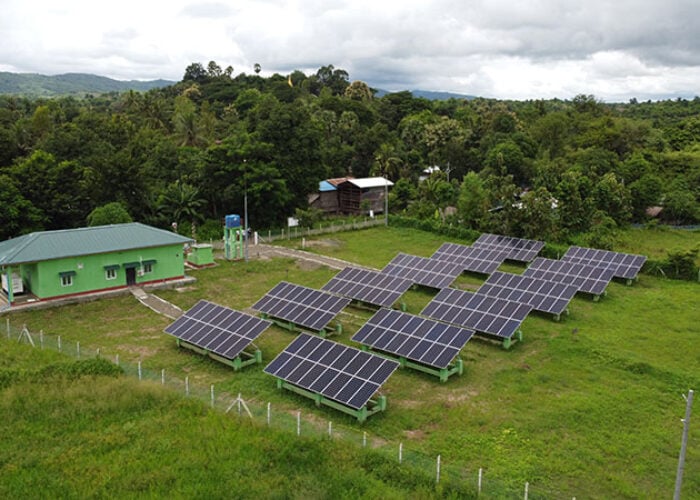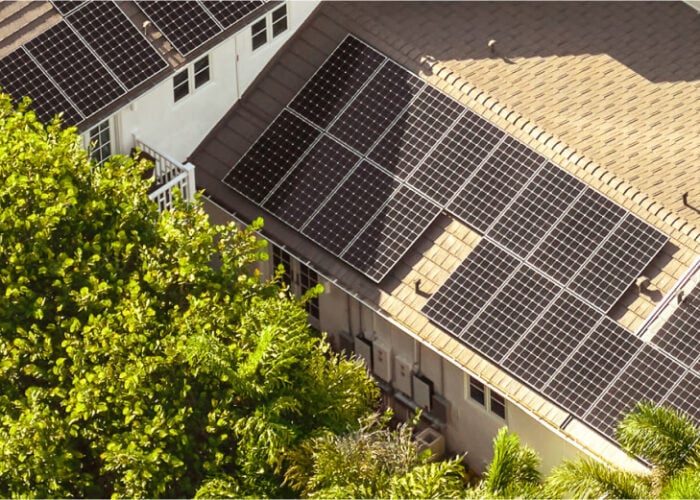Screen printing processes are a key battle ground for both equipment suppliers and solar cell producers as greater emphasis is placed on improving cell efficiencies. Applied Materials has claimed that its ‘Esatto Technology’ is expected to reach a new milestone with more than 2GW of annual cell manufacturing capacity in the next few months. Applied said that its customers in China, Taiwan and Europe have demonstrated 0.46% absolute cell efficiency gains with its technology, and up to a 14% reduction in consumption of silver printing paste.
Davide Spotti, Vice President and General Manager of Applied’s Baccini Cell Systems division, noted “We’re seeing an enthusiastic response from cell makers because they can drive their efficiency roadmaps using their existing production equipment and process flows.”
Unlock unlimited access for 12 whole months of distinctive global analysis
Photovoltaics International is now included.
- Regular insight and analysis of the industry’s biggest developments
- In-depth interviews with the industry’s leading figures
- Unlimited digital access to the PV Tech Power journal catalogue
- Unlimited digital access to the Photovoltaics International journal catalogue
- Access to more than 1,000 technical papers
- Discounts on Solar Media’s portfolio of events, in-person and virtual
Or continue reading this article for free
Applied’s Esatto Technology can also be used for selective emitter structures that absorb more light and boost cell efficiency, a process that is being implemented by many leading PV manufacturers in 2010 and beyond.
According to Applied Materials the Esatto Technology enables a 3 cents-per-watt decline in manufacturing costs due to the higher efficiency and reduced material expense the tool provides.
Competitor, DEK Solar recently claimed that its PV1200 metallization tool sales had reached the equivalent of 1GW of production by the end of the first quarter of 2010.
According to Applied a study at the Fraunhofer Institute demonstrated that its Esatto Technology for double-printed front contacts enabled significant out-of-the-box improvements in absolute cell efficiency and printing paste consumption.

